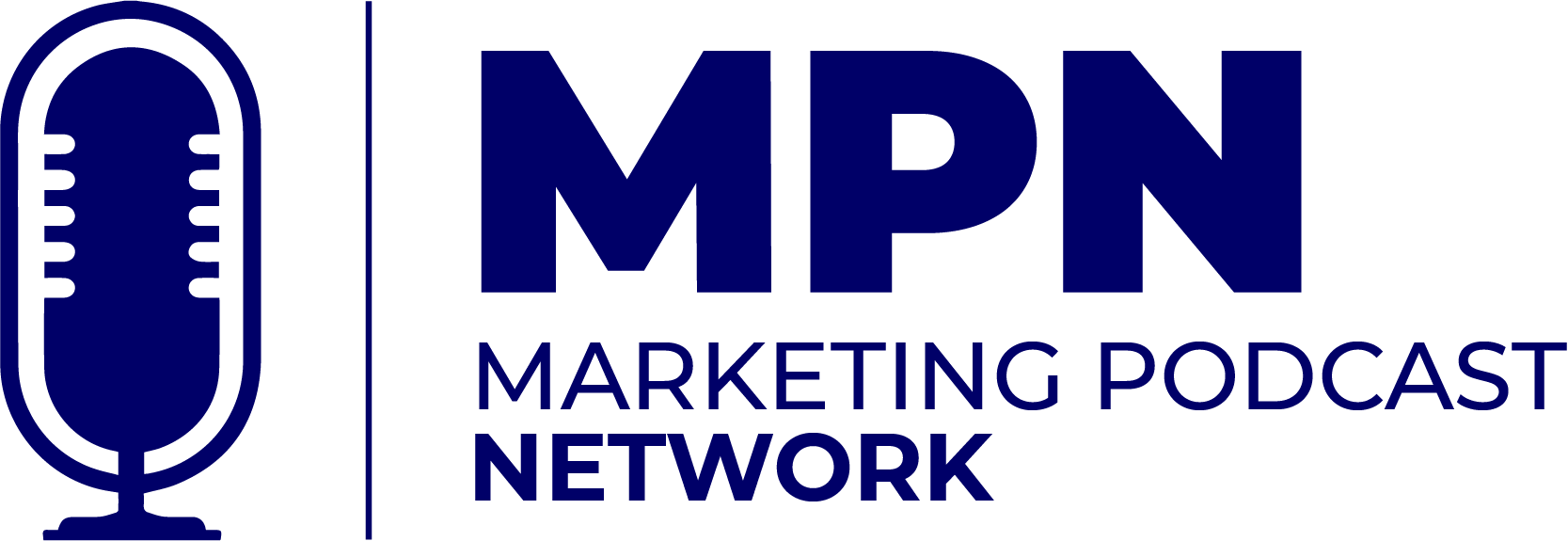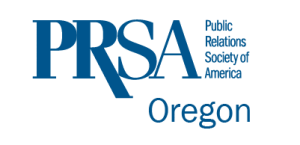
A Five-Step Guide for Delivering PR Results
If you’ve worked in public relations (PR) for any length of time, you know how quickly things have changed. Until recently, the goal was securing media coverage for your clients, and reporting results was as easy as listing your placements. But that approach just doesn’t cut it anymore. Not only is the media landscape drastically different, but the idea of what coverage means has also evolved.
Veracity founder Amy Rosenberg explored these ideas in her book, A Modern Guide to Public Relations, published just two years ago. In that time, the industry has continued changing, which means we must adapt our approach if we want to survive.
Communicating Results is Critical
One of the most impactful changes I’ve seen recently is the client’s desire to see measurable results attached to their PR campaigns. Reporting results has traditionally been challenging for our industry because there hasn’t been an effective measurement of the broad lift PR campaigns can bring to a brand. However, with budgets being tighter than ever, clearly communicating the benefits our work brings to our clients is critical. With that in mind, I’m sharing a five-step process for defining, measuring and reporting PR results.
Step 1: Set Expectations
New clients rarely know what to expect when they sign with a PR firm. If anything, they’re likely stuck in the old model centered around chasing press coverage. So, you should begin every engagement by educating your clients about the actual PR process and also provide them with a realistic timeline for when they’ll start seeing movement.
We always tell new clients that it will be six months before they see results that align with their goals. Some PR agencies pay for placements early on in a new client relationship to demonstrate success. However, these paid placements typically aren’t relevant or supportive of the client’s overall goals. As with most things, quantity can’t beat quality.
During those first six months, we’re going to learn about the new client’s business, their industry and the market in which they operate. We’ll also conduct some trial and error to find out what works. By setting these expectations early, we have time to develop a solid, aligned strategy and, more importantly, avoid promising something we can’t ultimately deliver.
Step 2: Define Client Goals
Once your client understands how an effective PR process works, you can develop relevant and impactful goals to guide your work. This isn’t a one-size-fits-all solution. Instead, you should tailor your goals to meet at least one of your client’s core business needs. Some clients will want to see a search engine optimization lift and broader recognition in the community. Others want to drive new customer growth or improve employee relations.
By carefully selecting these goals, you can establish buy-in for the client (which is critical if you want their ongoing cooperation) and demonstrate that your work is crucial to their overall success. These two factors are essential for building long-term relationships with your clients, which is the goal of every service-oriented business.
Step 3: Establish Measurement Metrics
Goals don’t mean much if you can’t demonstrate how you’ve met them. That’s where tracking and measurement comes in. The metrics you use to connect your goals with your results can take many forms. Here are a few to consider:
- Placements: This metric measures how often you get content published in third-party media sources. Placements bring many benefits aside from prestige. They can significantly impact SEO if the media site has a high domain authority. You can also track the outlet’s total unique monthly visitors to measure exposure or the total advertising cost, which is what the outlet would charge for a similar level of exposure.
- Activity Reach: Podcast appearances, trade show keynote talks and other in-person activities help drive brand awareness. An activity reach measurement demonstrates how these efforts contribute to the overarching PR plan.
- Website Traffic: If you publish content on the client’s website, internal traffic data can demonstrate the reach of a specific piece of content or an entire content strategy.
Selecting the right tools to track your work is essential. Veracity switched our PR tracking software to Muck Rack twoyears ago because it offers robust reporting and measurement tools for monitoring media hits. It’s given us new insight into our work and enabled us to tell a more compelling story of how our activities impact our clients’ goals.
Your clients also have a role to play in measuring results. Whenever possible, they must be willing to share internal data related to their established goals to help you connect the dots about what’s working and what’s not.
Step 4: Report Results
Reporting is where you close the loop between your goals, strategy and results. This process will look different for every client, but it should happen at least quarterly. Separate your results from campaigns and ongoing work, and conduct annual reporting on broad lift.
It’s important to remember that how you share your results is just as important as what you share. As you assemble your reports, consider what the client will understand and what information will best demonstrate the value of your work.
Don’t gloss over or hide any bad results during reporting because your misses are often more instructive than your wins. Instead, discuss what factors may have contributed to the outcome and how you can improve the process the next time. Being open and honest about failure will help build trust with your client and demonstrate that you’re paying attention.
Step 5: Make Strategic Adjustments
Your reporting meetings are also an excellent opportunity to adjust your goals and outreach strategy based on the real-world results you’re seeing. If an assumption or approach isn’t working, you can change course. You can also find new ways to improve outcomes for your successful campaigns. Tracking isn’t just about improving poor results; it can also be about optimizing what’s already working.
The Goal Never Changes
Despite the changes our industry has experienced over the last generation, PR is still one of the most effective methods for promoting and growing a brand. However, the way we communicate those benefits must evolve with the times. There’s no room for fuzzy math or anecdotal estimates anymore. While our work may never be fully measurable, it’s essential that we remain laser-focused on our clients’ goals and the strategies we employ to achieve them.
We can’t predict the future of our industry, the same way those early PR leaders couldn’t possibly imagine the internet. But regardless of what’s to come, I’m certain the ultimate goal will remain the same: deliver the best possible results for our clients. The rest is just details.

![Why You Need Data in Your PR Strategy with Christopher Penn [Podcast]](https://www.veracityagency.com/wp-content/uploads/Why-You-Need-Data-in-Your-PR-Strategy-800x600-1.jpg)






